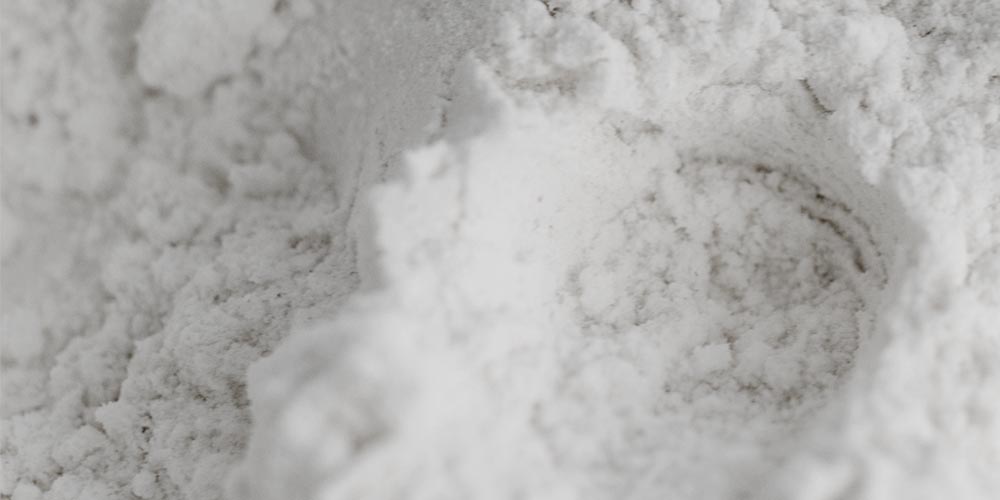What is the appropriate fineness of talc for plastic reinforcement and modification?

Plastic reinforcement modification is an important application field of talc, especially for polypropylene modification in the automotive and home appliance industries. Micronization is the development trend of talc products. The change trend of talc powder fineness (d50) used for enhancement and modification is as follows: in the 1980s, it was mainly 10-15µm, in the 1990s, it was mainly 8-10µm, and in 2000, it was mainly 5-10µm. , currently in the range of 3.5 to 7 µm.
Generally speaking, the finer the product, the better the enhancement effect, but the cost increases, at the same time, it is easy to agglomerate, and it is difficult to process and use. It is necessary to choose a product with an appropriate fineness according to its own level of dispersion technology and the expected performance of the product, and it is not necessarily the finer the better.
The evaluation of the particle size of a talc product cannot be based only on the average particle size d50. The average particle size does not characterize the particle size distribution of the product, nor does it characterize the maximum particle size. The evaluation requires at least two indicators, the average particle size d50 and the maximum particle size d98 (or d100). The size and amount of coarse particles have a significant adverse effect on the mechanical properties of the product and need to be strictly controlled.
Generally speaking, the finer the product, the better the enhancement effect, but the cost increases, at the same time, it is easy to agglomerate, and it is difficult to process and use. It is necessary to choose a product with an appropriate fineness according to its own level of dispersion technology and the expected performance of the product, and it is not necessarily the finer the better.
The evaluation of the particle size of a talc product cannot be based only on the average particle size d50. The average particle size does not characterize the particle size distribution of the product, nor does it characterize the maximum particle size. The evaluation requires at least two indicators, the average particle size d50 and the maximum particle size d98 (or d100). The size and amount of coarse particles have a significant adverse effect on the mechanical properties of the product and need to be strictly controlled.
